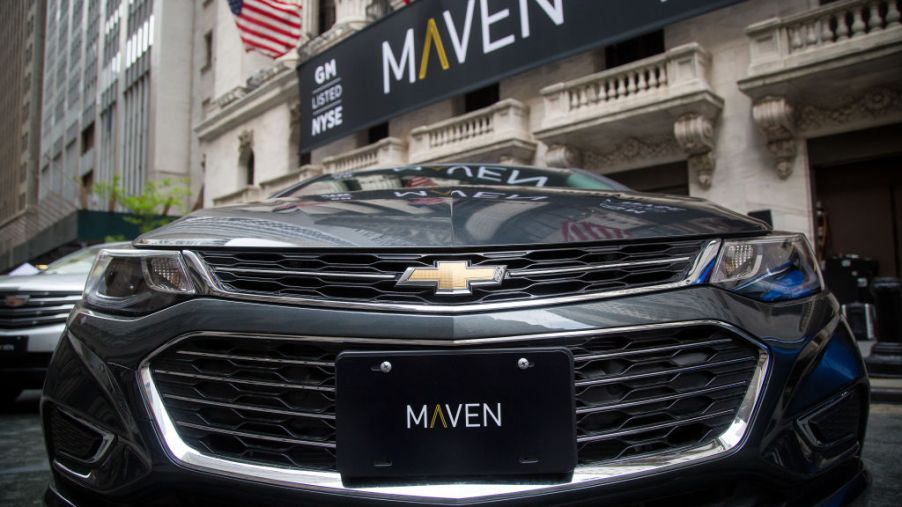
Will Ford, GM, and BMW’s Car-Sharing Projects Defeat Uber and Lyft?
Car stocks have decreased due to trade wars, strikes in the auto industry, and less demand. Many people are turning to public transportation or rideshare services like Uber or Lyft. Gone are the stressful days of trying to hail a taxi last minute. Lyft and Uber drivers can be contacted with the tap of a finger through a smartphone app.
After seeing the success of these companies, some automakers have plans to start their own car-sharing services. The focus is shifting from an individual driver to entire cities in need of mobility services. Here are the mobility programs each company has created. Will this be enough to beat out Uber and Lyft?
Ford
Through its Ford Mobility initiative, the automaker is moving toward a future with a focus on ridesharing. In 2016, the company formed a new subsidiary under the name Ford Smart Mobility, LLC. Led by Jim Hackett, the program will focus on the mobility needs of consumers in large cities.
It has already partnered with companies like GoRide, a ridesharing service with a focus on customers with disabilities, and Transloc, an app that tracks buses and other public transportation to deliver more accurate wait times. The LLC will also fund self-driving car research.
GM
A few months before Ford announced its new company, GM unveiled its latest project: a ridesharing service called Maven. Rather than have someone else drive, Maven allows users to get behind the wheel of the car themselves. They can choose from GM cars and start and lock the car via the app. Instead of charging by the mile, users pay a flat hourly fee. Depending on the trip, using Maven could be cheaper than Uber or Lyft.
Honda
Congestion and traffic jams equal a lot of idling cars, which release toxic gas into the environment and waste gas. To combat this, Honda developed a new all-electric car called NeuV. This ride-sharing car is completely electric and self-driving. It can seat up to two passengers and has a good amount of storage space in the trunk.
The NeuV also features artificial intelligence called HANA, or “Honda Automated Network Assistant.” This virtual companion can recall the customer’s frequent destinations as well as driving and music preferences. HANA can even be set to hold a small conversation with the driver.
BMW
Similar to Maven, BMW developed its own car-sharing service called ReachNow. Customers were required to pay a $40 registration fee, which gave them lifetime access to the ReachNow catalog of vehicles. The rate was an estimated 50 cents per mile, as cheap as most public transport in the city.
The service also offered the option to have a driver operate the vehicle for the user, or to reserve a certain car in advance and have it delivered to the user. ReachNow was available in only three major cities before it ceased operations in July.
Cadillac
For $1,500 a month, Book by Cadillac allowed users to access multiple cars with absolutely no mile restrictions. The subscription also covered registration, maintenance, and insurance fees. Book by Cadillac offered luxury vehicles like the Escalade, XT6, and CT5. The service was eventually cut by GM because of its high price to customers and inventory shortages.
The future of ridesharing
For those who live in the city, ridesharing is more practical than owning a car that’ll only be used for commuting to work. It’s even more essential to urban customers who may live miles away from public transport. Because of this, more automakers would be wise to invest in mobility services.



